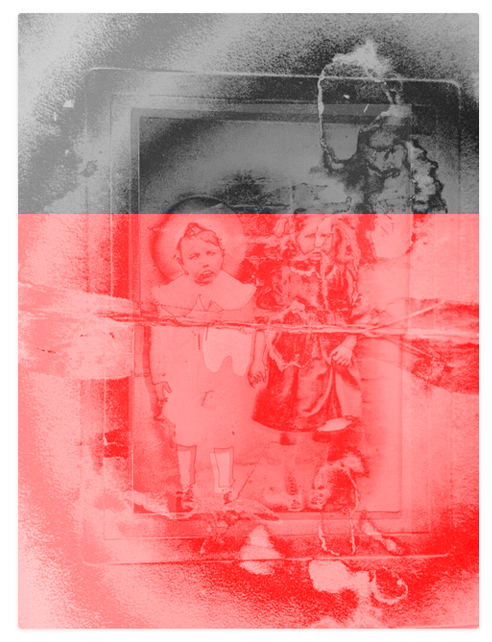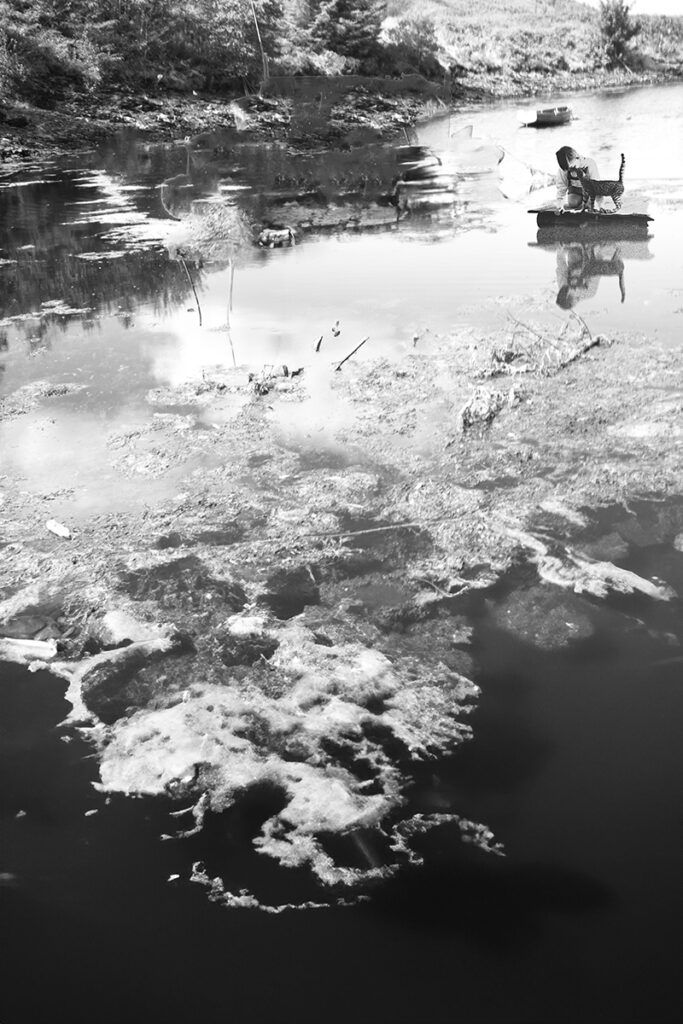Produce a reflective document that articulates:
- past trajectory of your topic, work already undertaken in previous units and that you intend to extend.
- The context of your work within your specific topic
- The broader discipline and a statement of intent for the final iteration of your topic and work
- The rationale for your choices
The introduction to the course notes describes the major project as offering, “a platform to focus on a specialist area of enquiry and to undertake a substantial and sustained body of work. You will devise a project that allows you to explore a field of interest and to further develop your emerging practice.” My work on this project has its roots in the death of my daughter in 2015 and her illness starting in 2014. There was a long period where I was lost in grief and didn’t even understand that I was grieving and searching for a way to express myself. My photography and my research into this area have provided the outlet which I needed and the understanding which I craved. In 2021, at the end of level 2, I started to look at the medical scan and re-thinking this as children’s games or as works placed on the art gallery wall. As I began level 3, my knowledge increased and my creative work headed in different directions as I looked at the symbolism surrounding death and touched upon memory and loss. Later, I worked to express the liminal threshold of death and did collaborative works exploring text and combining my work with folklore and the forest.
That gives a view of the track which my research and creative interests have been following. Going forward into 3.3, I have given thought to where my interests will develop.
· I will continue to develop and mature my work around what the liminal means to me.
· I been experimenting with the corruption of the image which I feel sits well with the liminal.
· I will consider if physical and tactile work or digital work or a mixture of both best suits my practice.
· Am interested in the space between having been inspired by the work of John Baldessari. To me, that space can be thought of if I imagine a photograph of a child and another photograph of that child in old age. What goes between these two images?
· I have been thinking about a multidisciplinary approach and bringing more video and especially sound to my practice. I think that a liminal space consisting of only visual elements is missing much of the information we use in memory.
· I have also wondered about the use of a child-sized coffin. Could I create this digitally and it becomes a space an audience can enter and fill it with sound and images so that the coffin becomes my gallery? Or should I turn the coffin into a bench, mirroring early work where I change the context of an object?
I can see that my work has been maturing and that as my knowledge increases, so does how I engage with what makes me me. My art and my learning are tools which interact with how I live my life.
For the coming year, I have identified some external sources I can use which will help to refine my practice.
· I have found a Museum of Loss and Renewal which provides space for artist residencies. This is divided between two sites which focus on Air, Sea and Soil based in the Orkneys and on Place, People and Time based in Italy. Will be interesting to investigate this further. The advantages of such a residency would be in exposing me to practitioners working in my own field with the potential for collaborative work. It would also be interesting to communicate my ideas with strangers and take their ideas on board.
· I don’t know if there is scope and interest on all sides to extend some of my collaboration work from last year.
· I want to post work for public viewing, for competitions, and exhibitions. This will be a valuable experience in its own right plus will provide useful feedback.
· I want to consider publishing written work and how this fits with my practice and future study.
There is a networking element here which builds my contacts from in-University peer groups and starts to include more and more external partners. One of first steps for such engagement is to build myself a website to showcase some of my work and ideas.
I need to consider the skills and experiences my practice needs and then plan on how I identify gaps and how I increase my knowledge to fill these gaps. I have started a crude skills planner which provides me with broad indicators of progress in this area. One part of expanding skills with video, sounds, exhibitions, residencies and more is the cost. Do I investigate the potential for grants? This in itself is another skill and experience. If I need more technical equipment is an alternative to approach a bricks and mortar university Photography department and ask if I could borrow some kit?
I have thought about whether my work is suited to a book or an exhibition but not clear on this yet. I know that hospitals near to me have exhibition spaces in their corridors which I had thought might be appropriate for my work. However, on recent trips to hospitals, I have watched how the public engages with the work on the walls. They often seem lost in thoughts or are hurrying to get to appointments or to visit patients. Many have little time for art. I have also noticed that much of the art tends to be brightly coloured and upbeat. How would my darker, more thoughtful work fit into such a space? I asked peers about this and a helpful piece of feedback was that my work might be seen as challenging particularly to the sick or to the elderly. Maybe a separate and distinct space for an exhibition which an audience has to make a conscious effort to attend is more relevant rather than using a space where people can come into and encounter my art unintentionally. At the same time there is an element to my work which could be thought of as beneficial. Interesting points to consider.
In addition to work within 3.3, I have identified some interests for future projects which I won’t have time for in 3.3 and might just about cram into this lifetime.
I mentioned my dissertation earlier, and it is interesting to consider how my research and any written work will continue in the coming year which I assume is not going to be 100% creative work. In turn, I wonder about my post-graduate direction. Should I take on board another undergraduate course to broaden my skills? Things such as Sound Art or Fine Arts interest me. Or do I look at a Masters to continue my research interests? Whatever I decide, I can’t see a point where I only write or I only produce creative works as each depends on the other. I also wonder if I looked at future studies how a bricks and mortar University would feel in comparison to home-study.
Word count – 1,152














